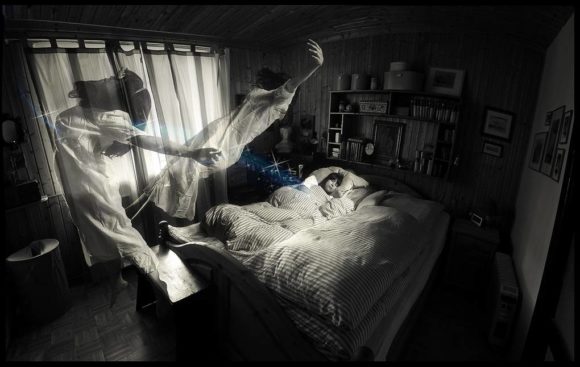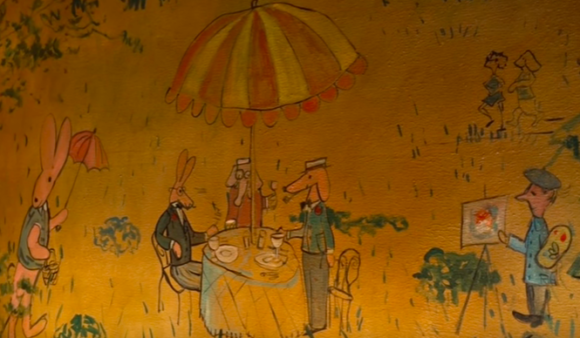The invisible forces that make writing work…
For the writers and the readers…
“But the greatest, and in some ways, the most satisfying invisibility is that world which neither writer nor reader will ever see, and yet knows exists…”
From the NYT, Critic’s Take,
The Invisible Forces That Make Writing Work
by Robert Rosenblatt
“A couple of years ago, in an essay in The New Yorker, the critic and writer Kathryn Schulz pointed out that we cannot see most of the things that rule our lives. Magnetic fields, electric currents, the force of gravity all work unseen, as do our interior arbiters of thoughts, inclinations, passions, psyches, tastes, moods, morals, and — if one believes in them — souls. The invisible world governs the visible like a hidden nation-state.
The same is true of writing. You come up with an image, phrase or sentence. Your head snaps back, and you say to yourself, Where did that come from?! I’m not talking about automatic writing, though that may be part of it. I mean the entire range of invisible forces that produce and affect the work. There are things the writer sees that the reader does not; things the reader sees that the writer does not; and things neither of us ever sees. These, the most entrancing of the lot, have a power of their own. Like the ghost of Jacob Marley, they lead to unimagined, sometimes frightful yet fruitful destinations.
What the writer sees and keeps from the reader is the simplest of the three, because it deals mainly with craft. The planting of clues in poetry or prose, for instance. If we’re doing our job, readers have no idea that what they have just read — a name, a place — will be picked up later in the piece, heaving with meaning. The clue is invisible as a clue. In a sense, the whole novel, play, essay or poem is invisible. The reader does not recognize the work (what writers call “work”) that goes into the choices we fiddle with and blunder into before landing on the right ones. That’s as it should be. “If it does not seem a moment’s thought,” said Yeats, “our stitching and unstitching has been naught.”
Neither does the reader ever see the first draft, or the second, or the 19th. That the writer knows and recalls these drafts, even if dimly, has an invisible effect of its own…”
For the rest, click here.
Share


